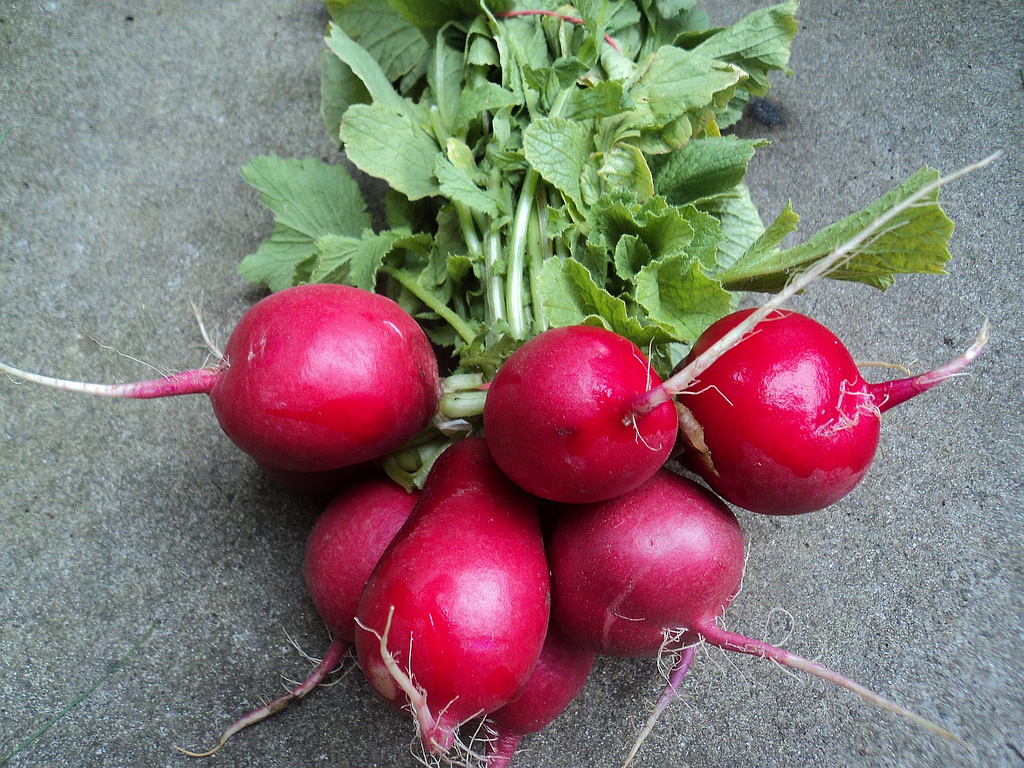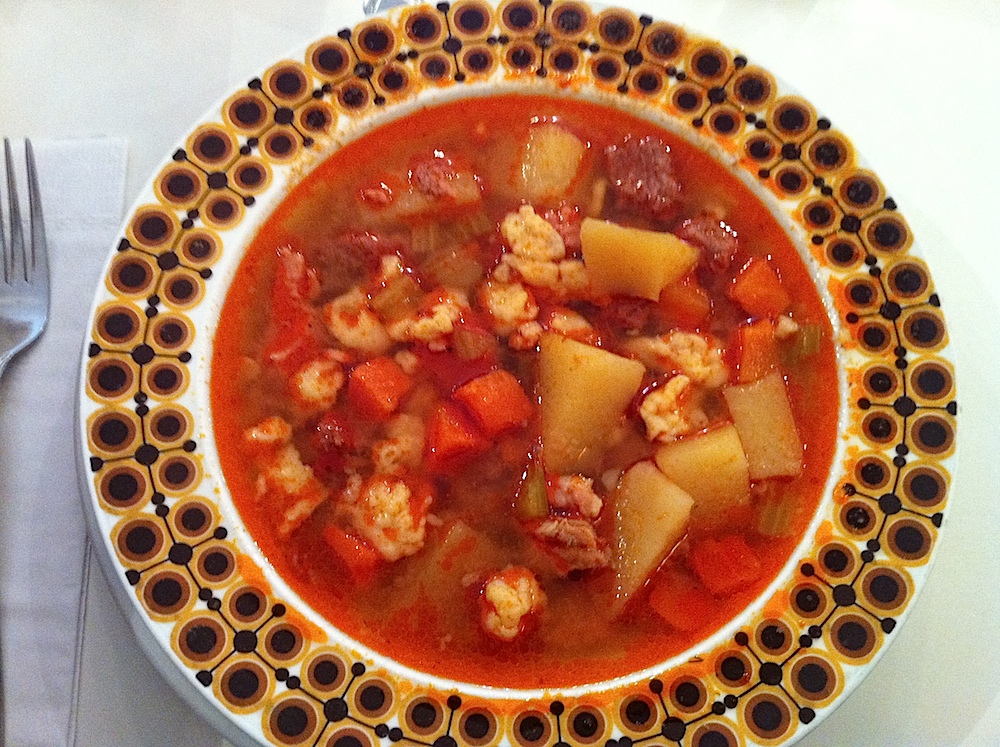by Anne Martin

No doubt, as tradition dictates, you have made some resolutions with which to begin the New Year. They might include a decision to take better care of your body and keep a closer watch on what you consume – perhaps the words organic, local and sustainable have come up. Some of you may have even given up drinking wine, god forbid! (And we’ll see how long that lasts.) For those taking less drastic measures, consider exploring the world of organic, biodynamic or natural wines. Here’s a primer on the subject, because there are lots of terms related to these wines that are bandied about and printed on labels. Even wine professionals are left scratching their heads.
First of all, the distinction should be made between “wines made from organically grown grapes” and “organic wines.” The former are the most common because they’re the easiest to achieve: The producer uses organic practices in the vineyard but not in the vinification process. Wines labeled as “made from organic grapes” usually have sulfates added during vinification. Not that this is a terrible thing; in fact, sulfates stabilize wine and help to preserve it by arresting oxidation. In addition, sulfates are a natural by-product of the fermenting process and it is often argued that there is no such thing as a totally sulfate-free wine anyway.
Fully organic viticulture shuns the use of man-made compounds like fertilizers, fungicides, pesticides and anything that is genetically modified. There is an emphasis on manual labour. The health and balance of the soil is key – grape vines need to struggle, but not too much. It takes between three and five years to convert a vineyard to organic, depending on the regulations of the country or appellation. In the winery, a limited amount of manipulation is used. Processes like reverse osmosis, excessive filtering of the wine and the use of flavour additives (like oak chips) are frowned upon. Organic winemakers often prefer to use wild yeasts rather than cultured yeasts for fermentation. Some sulfates are used since a minimal amount is required to stabilize wine and keep it in good condition. If you suffer from allergies or are sensitive to sulfates, however, certified organic wines are a good option, since the levels will be lower.
Obviously, making a winery organic and receiving certification is a complicated (and expensive) venture. All sorts of bureaucratic bodies are trying to take control of this ever-evolving category of wine. Every nation (and sometimes regions within nations) has different rules regarding what can be labeled as organic. Some producers choose not to label their wines as such because of the expense of becoming certified and, as well, because of the bad reputation organic wines have had. You may have been drinking organic wine and not even known it!
Biodynamic wines take it all one step further. The wines are 100% organic and as well, the producer follows the practices of biodynamic agriculture in which each vineyard is seen as a “living organism” that can be maintained in a self-sustaining way. The concept comes from the early 20th-century philosopher Rudolf Steiner’s teachings on agriculture. It incorporates homeopathic treatments in the organic process and takes into consideration astronomy and astrology (ideal times for pruning and harvesting according to the lunar calendar, for example). This can be seen as an enhancement to the process or hocus-pocus, depending on one’s point of view. Some of these wines have, however, done very well in blind tastings by wine professionals. They are often said to exhibit a “purity of fruit” and better expression of “terroir” than more commercially made wines.
Natural wines are a growing category. They’re not organically produced, but they are made with a minimum of technical intervention in the vineyard or the winery. Sometimes the term “morethanorganic” is used in reference to these wines. It’s quite a controversial concept that originated in France — there is no governing certification body and it isn’t a legal term. Some of the rules stipulate the use of hand-picked organic or biodynamic grapes, low-yielding vineyards, no added sugars, fermentation with wild yeasts and no fining or filtration. Producers rush the grapes to the winery as quickly as possible once picked and employ as little manipulation or additives in the winemaking process as possible. Low levels of added sulfates are permitted. There is great interest in these wines around the world: Vin naturel wine bars have popped up in cities like New York, San Francisco, London and Paris.
That gives you a few choices when considering healthier wines. Still confused? Do keep in mind that it is easier to make these wines in dry, warm regions like the south of France, Italy, Spain, California and South America, although we do have some very good local producers leading the charge in Ontario, British Columbia and Nova Scotia. If it’s all too much to take in and think about when you’re shopping, remember that all red wine contains the now-famous natural antibiotic resveratrol. They say it will keep young forever… but don’t quote me on that.
Some wines “Made from Organically Grown Grapes” currently available in the LCBO:
Nativa Single Vineyard Gran Reserva Cabernet Sauvignon 2006, Chile $19.95 (975359)
Perrin Nature Côtes du Rhône 2007, Rhône Valley, France $16.95 (948059)
Quaderna Via Tempranillo Crianza 2005, Navarra, Spain $18.95 (115758)
Bonterra Merlot 2006, California $19.95 (984724)
 Anne Martin is a Toronto-based sommelier, writer and wine consultant. Learn more about Anne, including her cellar and tasting services at www.annemartinwine.com.
Anne Martin is a Toronto-based sommelier, writer and wine consultant. Learn more about Anne, including her cellar and tasting services at www.annemartinwine.com.






